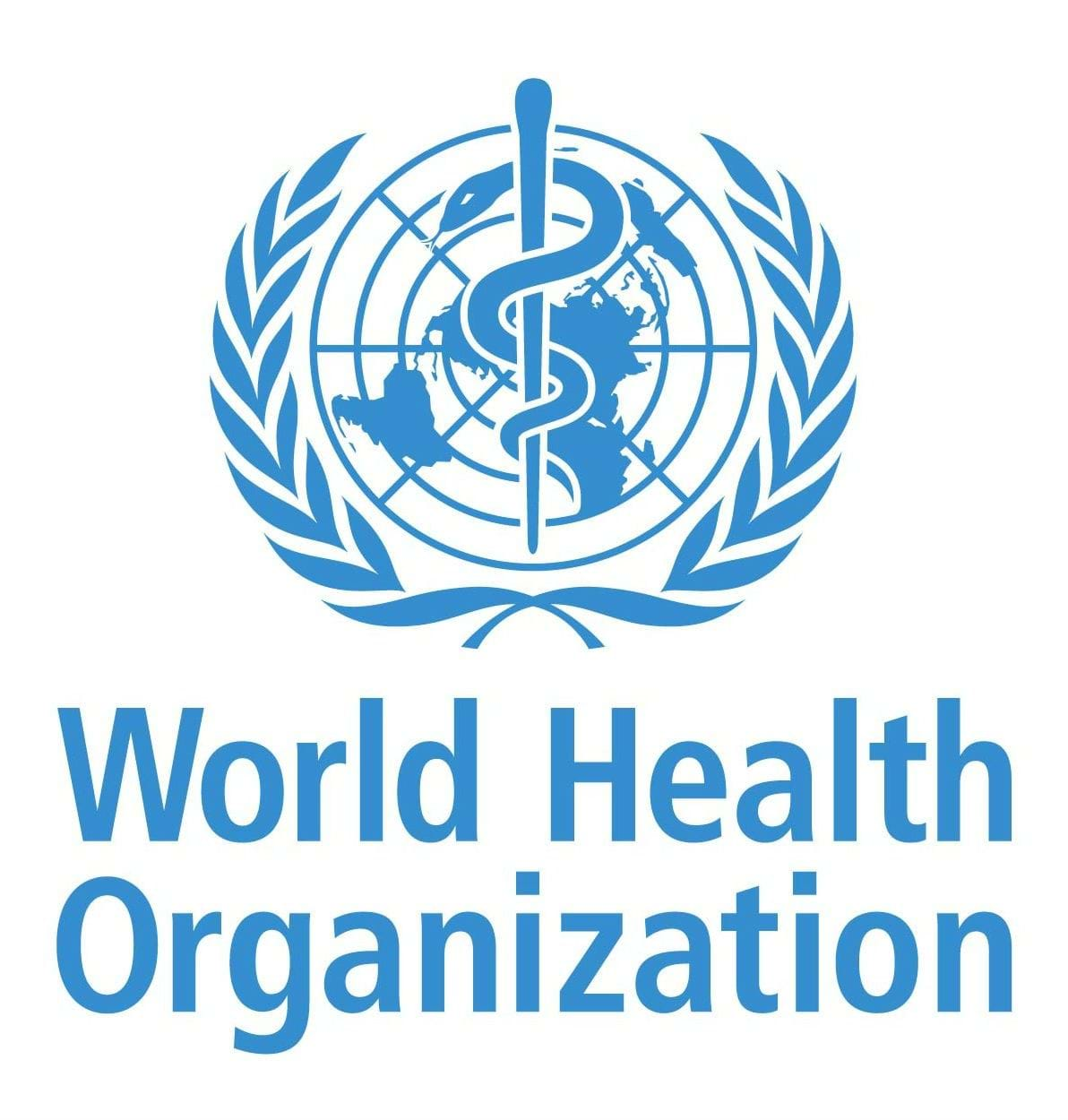From April to July 2024, World Vision conducted an essential nutrition actions (ENA) multi-country survey across 268 health facilities in nine countries - Bangladesh, Ethiopia, Indonesia, Kenya, Mali, Somalia, Tanzania, Uganda, and Venezuela - focusing on areas with the poorest child health and nutrition outcomes. The survey aimed to assess the status of supply chains, workforce competency, and service delivery in alignment with the World Health Organization (WHO) ENA framework.
This brief presents key findings and evidence-based recommendations to strengthen health systems for ENA delivery. Achieving universal ENA coverage requires well-supported health workers with the capacity to deliver services effectively, alongside a robust supply chain that ensures consistent availability of ENA products.
This survey is focused on the three core building blocks of frontline health systems - service delivery, health workforce, and supply chains - and aimed to answer the following three questions.
- Service delivery: Are health workers conducting ENA services?
- Health workforce: What capacity (i.e., training, job aids, supportive supervision) do health workers have to deliver ENA?
- Supply chains: Do health centres and health posts in World Vision operational areas have adequate supplies (e.g., anthropometric equipment, mid-upper arm circumference (MUAC) tapes, child health cards, WHO growth charts, micronutrients, therapeutic foods) to effectively deliver and sustain the integration of ENA within the health system in low-resourced settings?
These recommendations are thus limited to that scope and do not cover the other three building blocks (financing, governance, and information systems), despite their interconnectedness. However, addressing the gaps identified by this study will require financial investments and strong government leadership. The long-term benefits of such investments far outweigh initial costs, with an estimated return of US$23 for every US$1 spent, alongside additional Gross Domestic Product (GDP) gains from job creation and increased workforce productivity. According to the WHO, increasing health spending by at least 1% of GDP is within reach for most countries.

.png?sfvrsn=6d0e27cd_1)



